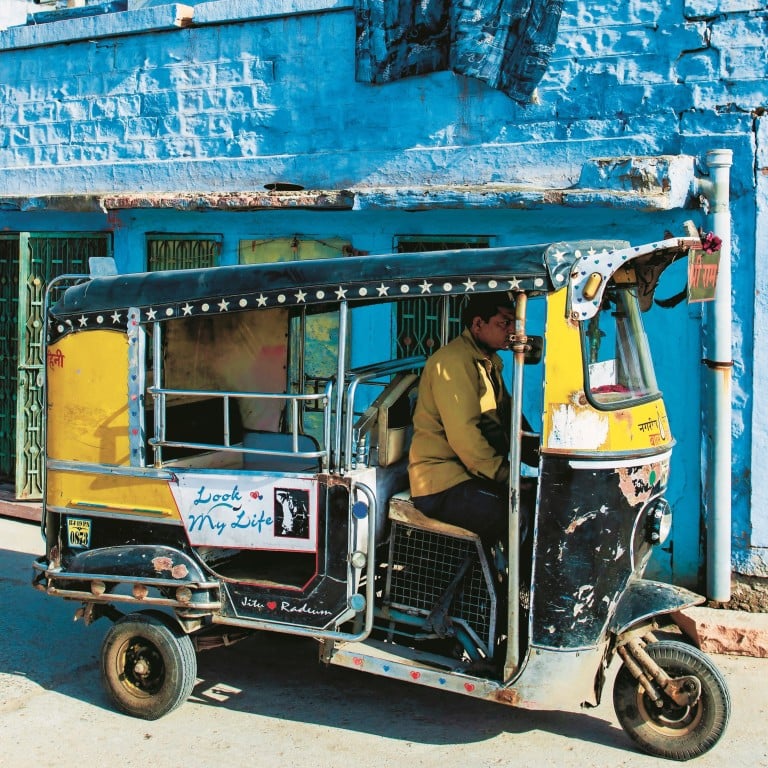
Two weeks in a tuk-tuk: drive across India is an old-school adventure – potholes, hard seats, breathtaking sights and all
- A few laps around a muddy field and David Burden is ready to tackle India’s fearsome roads in a bumpy three-wheeler with an engine more suited to a lawnmower
- One of 80 teams doing the Rickshaw Run, he and his companion brave monsoon rains and a clunky gear box, their reward the sights of Goa, Udaipur and Jodhpur
With one wheel short of four, a two-stroke, seven horsepower lawnmower motor, a seat that is hard as nails and a chassis largely held together by its paint job, the humble auto rickshaw, or tuk-tuk, isn’t really the best vehicle to get across town, let alone across a country as big as India.
However, crossing India in an “auto” is precisely what I found myself doing this summer, along with a couple of hundred other like-minded adventurers, all on “The Rickshaw Run” – a twice-yearly event open to anyone brave enough to take it on.
Organised by UK-based travel company The Adventurists, the Rickshaw Run India is now in its tenth year. More than 80 teams cross the start line and set off, unsupported, for two weeks braving the madness of India’s roads. The aim is to cover around 250km a day. There’s a lot of ground to cover, but for anyone who has always wanted to see India, there really is no more immersive way to do it.
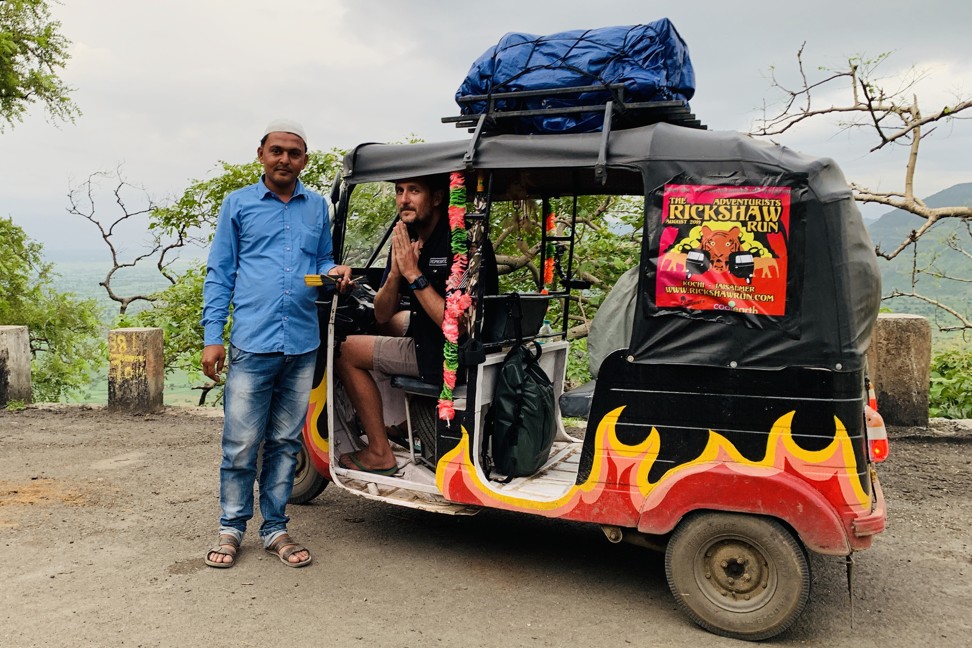
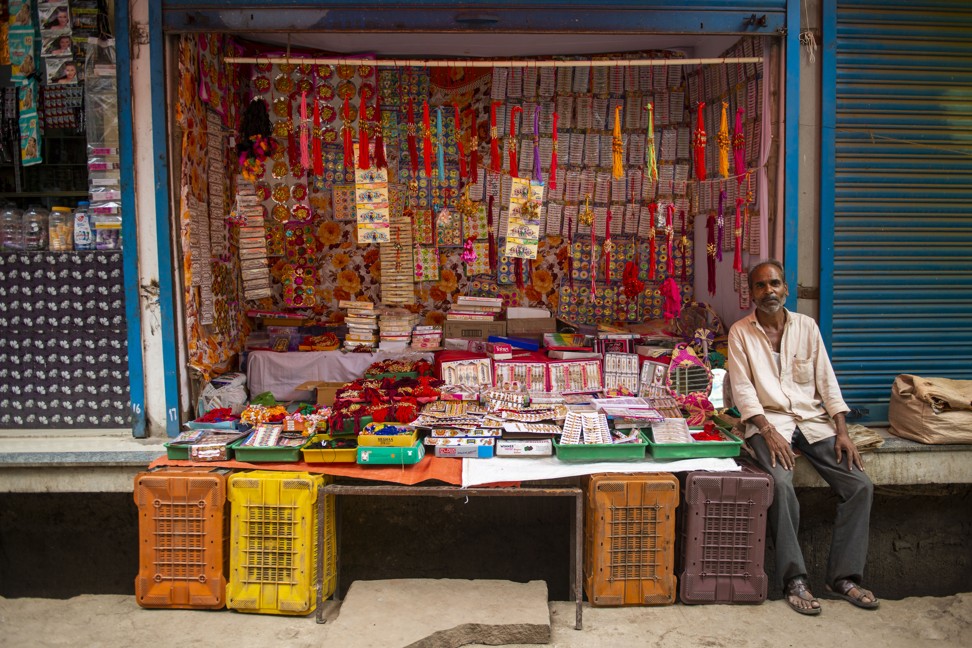

The (lack of) suspension and ever clunkier gear shifting has made city driving a nightmare. Stalling in the middle of a major intersection is particularly terrifying, as is being forced off the rural roads by oncoming buses overtaking on blind corners.
Pulling too hard on the crank starter will result in a bruised elbow as you try to heave the lever off the floor and hit the bars behind. That said, once it gets on the open road the auto rickshaw is a joy to drive – buzzing along at a happy 40-50km per hour (25-30 miles per hour), with the open sides providing a breezy respite from the rising heat.
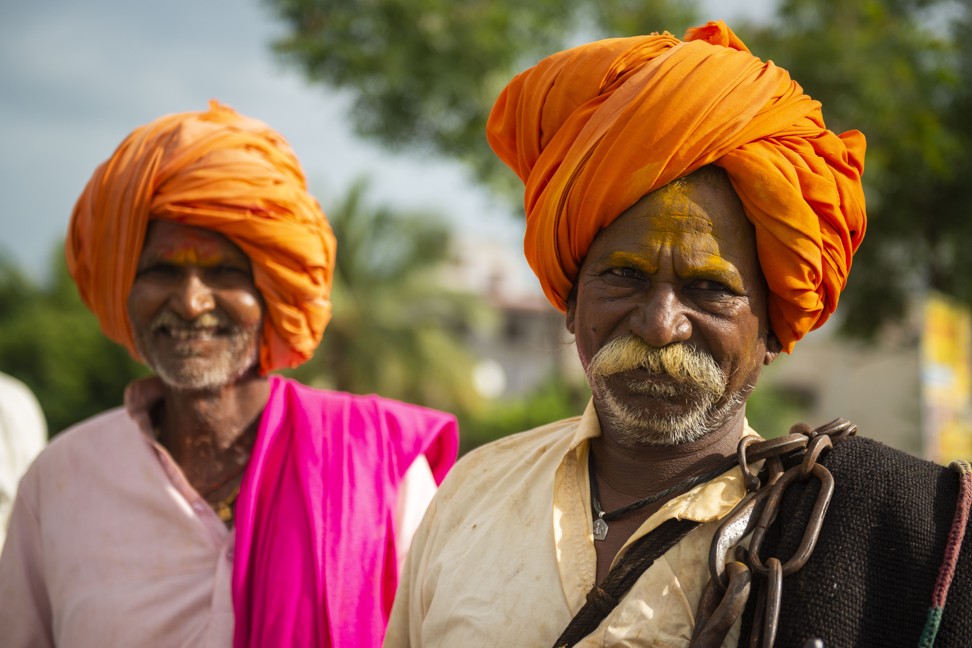
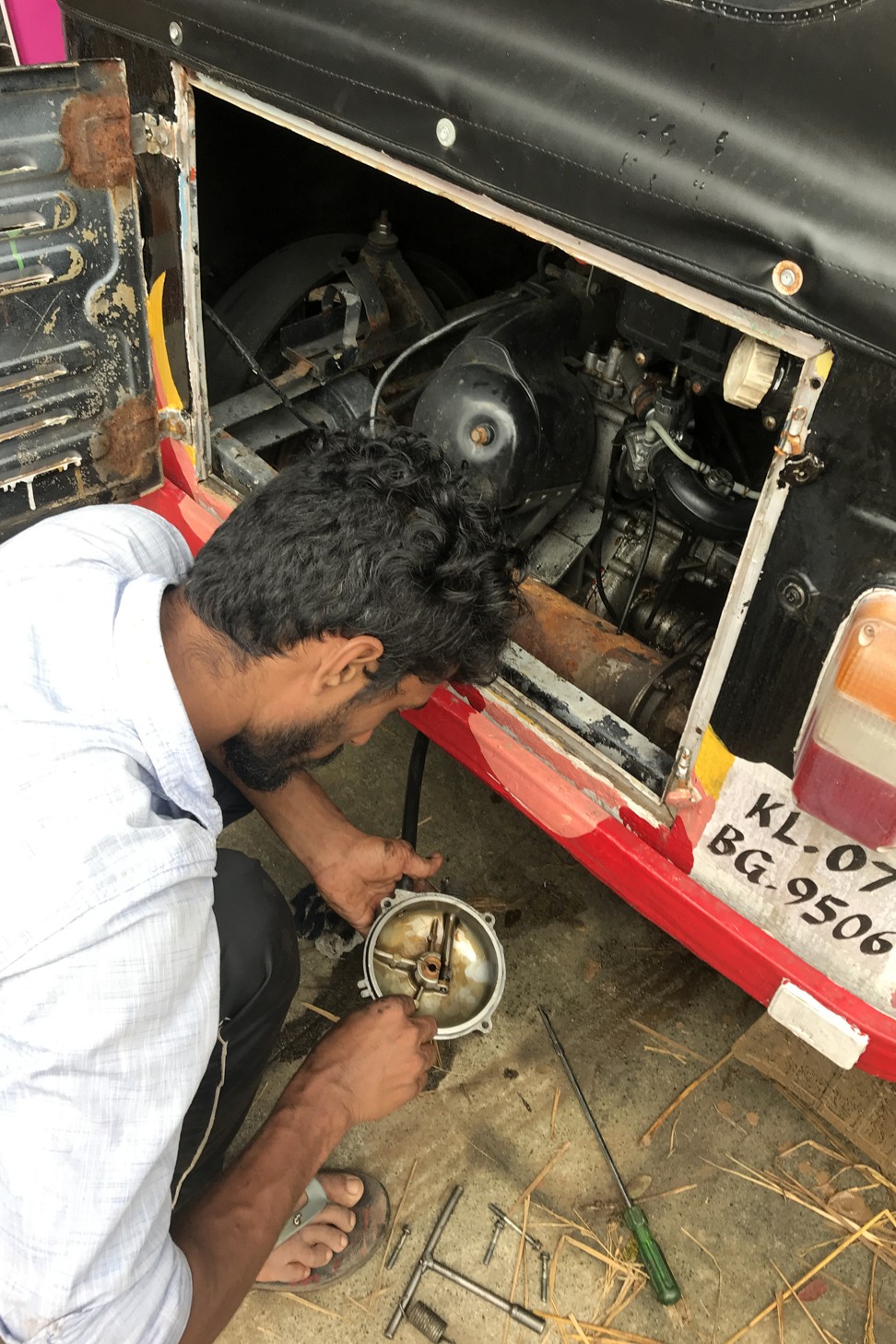
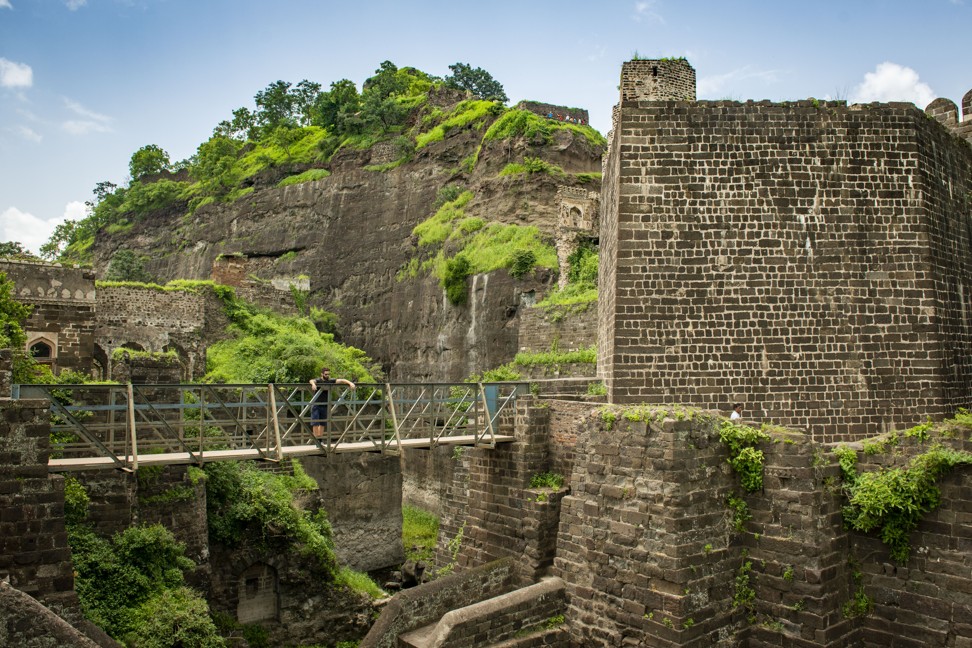
The first real opportunity to take a day off from the road and stretch our legs, the magnificent Ellora Caves and nearby Daulatabad Fort, do not disappoint. The former consists of more than 100 caves carved into cliff faces by Buddhist, Hindu and Jain monks since the sixth century, and is mind-boggling in scale. With only a day to spare, we see as much of the caves and their intricate carvings as possible.
Something of an Indian Venice, the beautiful, lakeside city, with its ramshackle turrets, spires and minarets tumbling down to the public bathing ghats along the waterfront is straight out of a Raj-era romance novel.


We make sure to arrive early enough to allow for some camel trekking, before finally reaching Jawahar Niwas Palace to end the journey with a wrap party.
If you love comfortable journeys in peace and quiet, The Rickshaw Run is probably not for you. For anyone looking for a proper old-style adventure, they do not come much more rewarding than this.

The next Rickshaw Run is in January 2020 (theadventurists.com).
